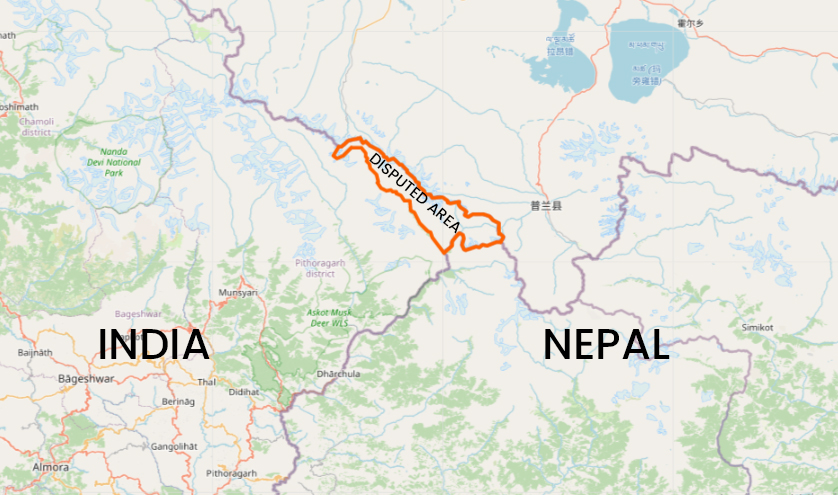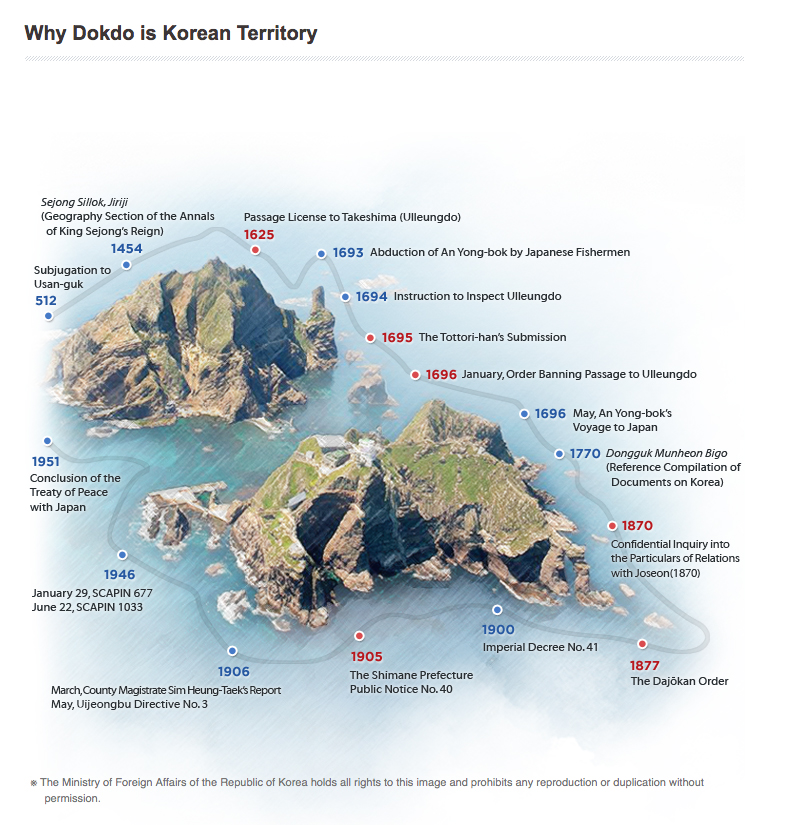
Dokdo is a part of South Korea made up of 89 small rocky islands. It is located between the east of the Korean peninsula and the west of Japan. This is the boundary-determining island between Japan and Korea. This small island lies on a multi-junctional region in the Pacific Ocean between North Korea and Russia as well, which is why it is getting a lot of international interest.
South Korea and Japan are among the powerhouses of Asia. A conflict between them could bring a significant impact on the world. The Dokdo case can probably create a cold war between them. This is why Dokdo is known as a “Global peace island”.
From July 9 to 12 the ‘2023 International Student Peace Contribution Group Dokdo Tour’ was held. It was organised by Dokdo Foundation and Naeil Newspaper. A group of 30 international students including Nepali students participated in the three days and four nights programme.
The goal of the programme was to understand the history, culture, and geopolitical significance of the island to the Koreans. Korean officers were guarding the tiny island. Additionally, there was one Korean citizen still living on the island. After seeing everything with real eyes we could tell it is an undisputed territory of the Republic of Korea.
Debate on Nepal’s Lipulekh-Limpydhura

In Nepal’s case, the Limpiyadhura-Kalapani-Lipulekh dispute stands as a similar example, and some may argue that it holds even more significance than the Dokdo case.
Kalapani is a trijunction between Nepal, India, and China. Similarly, Dokdo is a multi-junction point between South Korea, North Korea, Japan, and Russia.
Multi-junction boundaries hold significant importance due to their geopolitical value. They often become focal points for territorial disputes among neighbouring countries, impacting political relations and regional stability. These areas influence national security considerations, border management efforts, and economic factors such as trade routes, etc.
On November 2, 2019, India released ‘the 8th Indian Political Map’. This map disobeys the 200-year-old Sugauli Treaty between Nepal and India. Due to that treaty, Nepal already had to lose two-thirds of the land to English colonisers.
The Kalapani dispute surfaced after the Bharatiya Janata Party’s Narendra Modi became prime minister for a second term. They also declared Ladakh as a separate state from Jamu-Kashmir. In these separate states, Nepali lands, including Kalapani, Lipulekh, Limpiyadhura and other parts of Mahakali East, were shown towards India.
The territorial boundary of present-day Nepal was established through the Sugauli Treaty signed with the British East India Company in 1815. According to the treaty, Nepal’s western boundary was defined by the course of the Mahakali river.
The Mahakali river has no single origin but two main tributaries—one originating at Lipukekh and the other at Limpiyadhura. The treaty did not specify which of these tributaries should be considered as the starting point of the Kali river for the purpose of delineating the boundary.
India claims that the Kali river starts at Lipulekh, while Nepal asserts that Limpiyadhura is the source of the river. This can be a conflicting debate.
Need for regional stability
Nepal launched a new map including Kalapani-Limpiyadhura areas into Nepal after the incident. A census report released in January 2022 also covered the region according to the Central Bureau of Statistics.
The stronger nation should not be suppressing smaller neighbouring nations. For example, what India did to the Kalapani region and the Japanese government consistently addressed their claim to the South Korean territory of Dokdo as a “diplomatic matter” that needs resolution in order to cool down the relationship between the two countries.
Despite South Korea being an excellent example of rapid economic and technological developments, the Korean War between the North and the South and the Dokdo dispute with Japan is yet to be solved. Nepal has many things to improve and catching a rapid pace towards development and diplomatic integrity would be wise.
Diplomatic relations between countries can be worsened or improved based on regional disputes. A good resolution and cooperation contribute to regional stability.
It is crucial for nations to engage in dialogue, follow international law, and seek peaceful resolutions to maintain stability and foster mutually beneficial relationships in those areas.
























